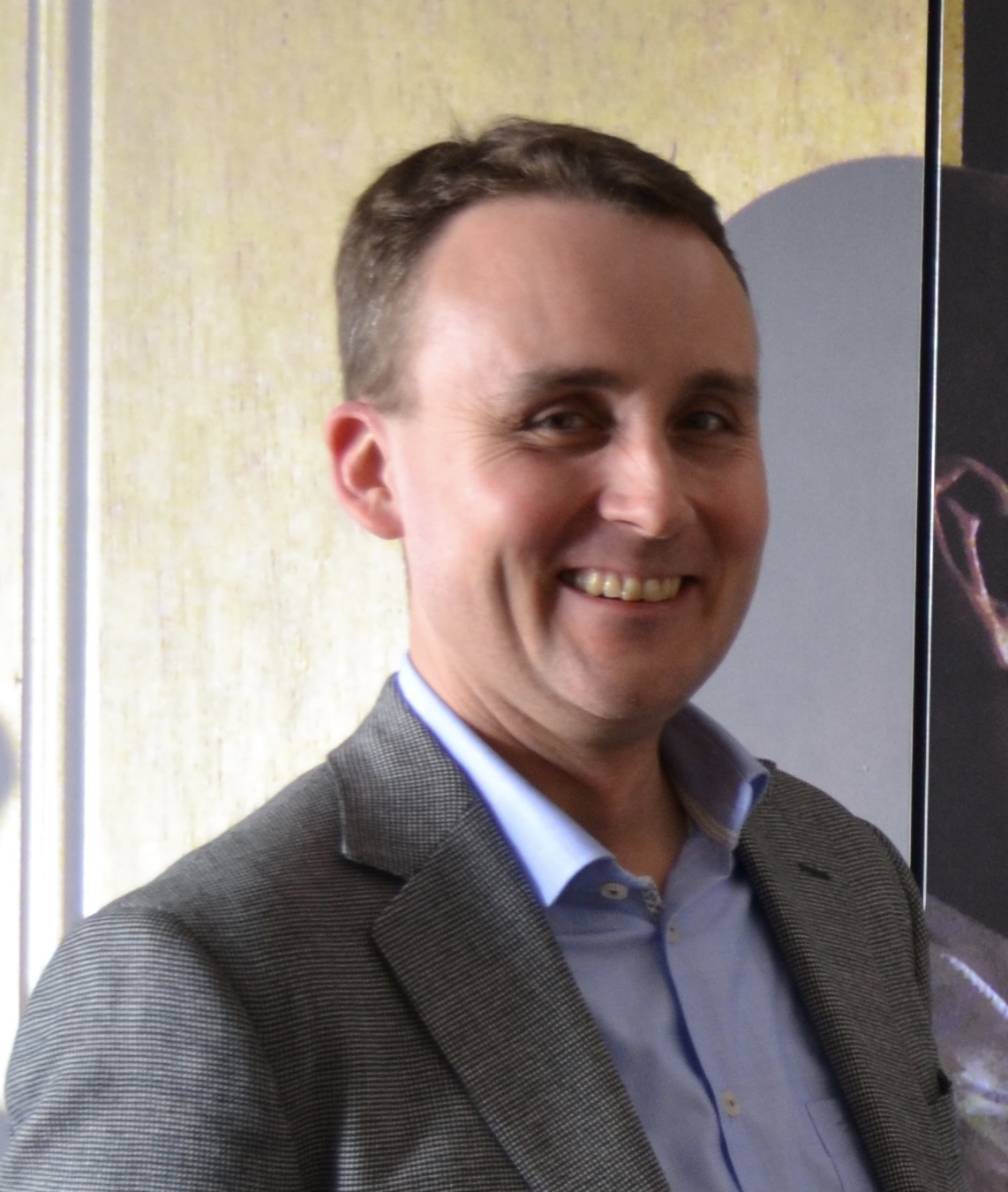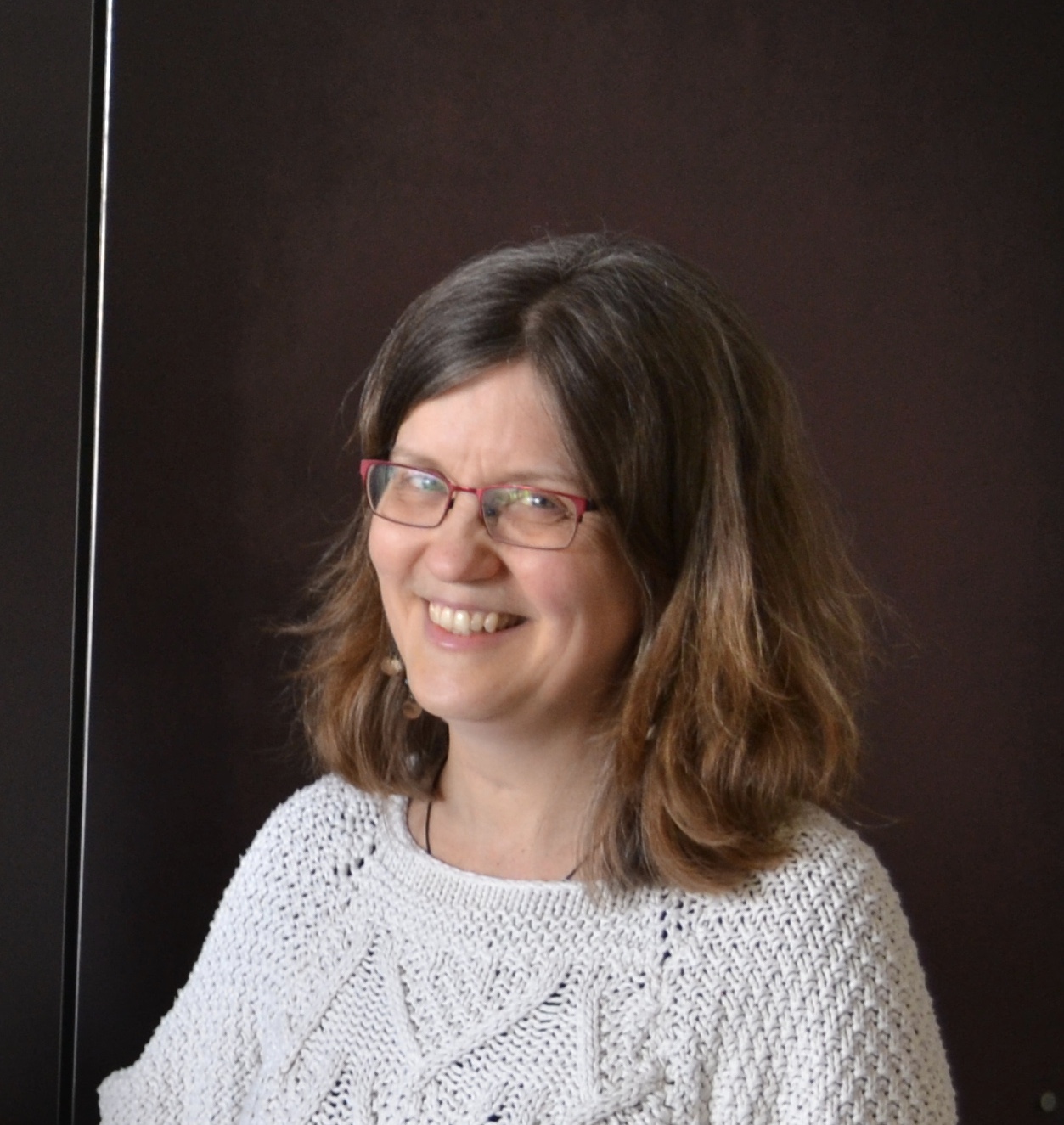Professor Klaus Pietschmann in residence
by Collin Campbell, MMus Musicology student.
For our third and final Hartley Residency of the 2015-2016 academic year the 26th and 27th of April, we were very pleased to welcome Prof. Klaus Pietschmann from the Johannes-Gutenberg-Universität in Mainz, Germany. Prof. Pietschmann has published a number of works on a range of topics including church music and the papal chapel repertoire during the pontificate of Pope Paul III, the diversification of nineteenth century opera in Vienna, and canonization processes. His current research focuses on the roles of culture, ritual, and perception in sacred music of the fifteenth and sixteenth centuries.
The residency began on Tuesday afternoon with a postgraduate seminar in which he discussed the cultural life around the development of the polyphonic Mass around the year 1500. I found his discussion of the music’s structural features within their liturgical context particularly interesting, in particular noting the numeric symbolism present in the structural patterns of Brumel’s Missa victimae paschali laudes and Josquin Des Prez’s Missa pange lingua, including the two composers’ reuse of one another’s material as a form of reciprocal musical commentary between them. In fact, he pointed out that the numbers 1-8 were all represented in the Missa pange lingua as musical symbols.

Later that afternoon, Prof. Pietschmann presented a paper entitled “Heavenly and Earthly Pleasures: Modes and Functions of Perceiving Sacred Music in the 15th and 16th Centuries”. What I found most interesting about his presentation was the discussion of the ways in which the perception of polyphony and the sensual experience around polyphony changed during this period. He discussed the criticism the Italian friar Girolamo Savonarola (1452-1498) made of polyphony, calling it indistinguishable and contrary to the chant that was the status quo within the church previously. I found it particularly interesting to hear that there was a shift within the church and among critics from considering polyphonic music to be too sensuous, and therefore tempting and unvirtuous, towards viewing it as a sort of heavenly sensuousness that inspired religious virtue. In particular, it was intriguing to hear the mention of an Italian ecclesiastic of the time, Celso Maffei (1425-1508), later referring to polyphonic music as something to be considered heavenly and blessed.
Also interesting was the level to which royalty later became involved in liturgical music at a more expert level. Klaus pointed out to us that Emperor Charles V actually spent the Mass time listening well enough to gain an educated, critical aesthetic ear and become a rather active participant. It isn’t quite as often that you hear of royalty being so participatory in such musical events.
On Wednesday morning, Masters level musicology students got a bit of a preview from Klaus on the material he would present later that day in his presentation entitled “Mechanisms of Canonization in 18th and Early 19th Century Opera Repertoire”. Of particular interest was the discussion he and our own Prof. Mark Everist engaged in with us regarding the concept of “agents” – individuals at many different levels, not always visible, who contribute to the creation, reception, and/or preservation of a musical work. People around the globe can easily name many composers whose names are attached to their works, but the many stage directors, impresarios, and other contributors throughout history are these very sort of “agents” and are usually much less known. I found it particularly valuable to hear of the research work that is being done to uncover the contributions of these “unsung heroes” who, through their work behind the scenes have contributed so much to our ideas today of what we consider canonical works.
During his later presentation on the same topic, Klaus also highlighted for us the national differences between France, Italy, and German-speaking lands regarding the printing of opera scores. I was particularly interested to hear that the composer Christoph Gluck had the score to his opera Alceste printed in Vienna. It was the first time that the full score of an opera had been printed in Vienna, which made it rather groundbreaking for its time. I found something of the entrepreneurial spirit in such a move, and it turned out very well for Gluck, as it help secure his place in what we consider “the operatic canon” today.

That same afternoon, Southampton’s own Prof. Laurie Stras presented a fascinating paper on the use of chant as a spiritual practice within the convent, entitled, “Meditative Music in the Early Sixteenth Century Convent: The Case of Musica…motteta maternal lingua vocata”. What I found most fascinating about her presentation was her discussion of S. Caterina Vigri (1415-1463), an Italian nun at the Corpus Domini convent who was one of the pioneers in introducing polyphonic chant among nuns during her time. As Laurie pointed out, the line between sacred music and everyday secular music was a thin one for Vigri, in terms of purpose. To her, music was valuable in creating an immersive, sensory, ecstatic religious experience, re-employing the senses to serve divine ends.
Last but not least, our time with Klaus ended with a roundtable discussion, including Klaus, Mark Everist, and Profs Tom Irvine and Francesco Izzo. The roundtable summarized the material discussed earlier in the day regarding the printing of opera scores in France and Germany, as well as the ways in which Italian opera was canonized less by opera score printing and more via the emergence of repetitive trends in the performance repertoire.
Overall, it was a highly engaging and informative residency. Thank you to Klaus for joining us and sharing his expertise with us in two widely divergent, yet intriguing areas of musical research today.

